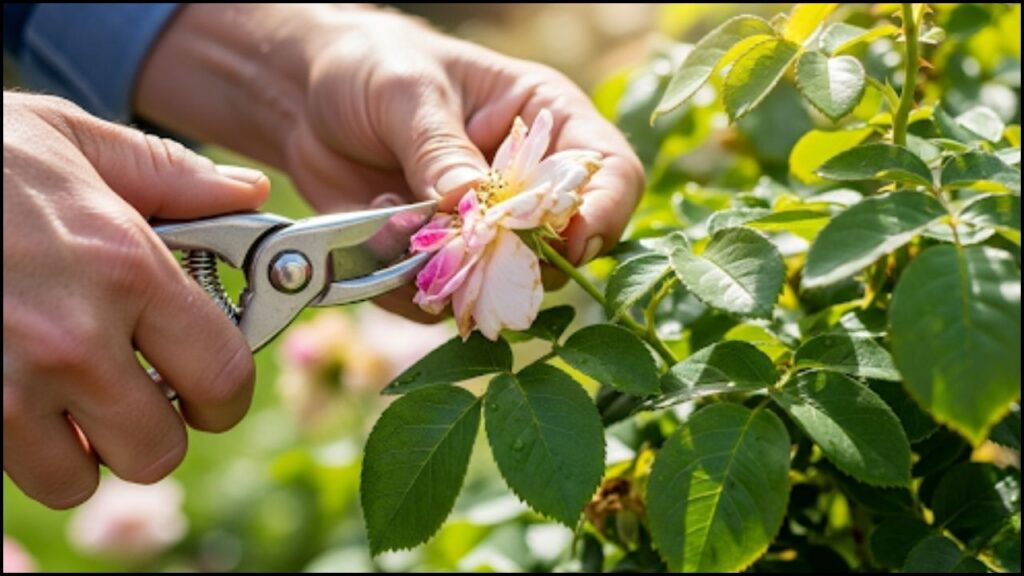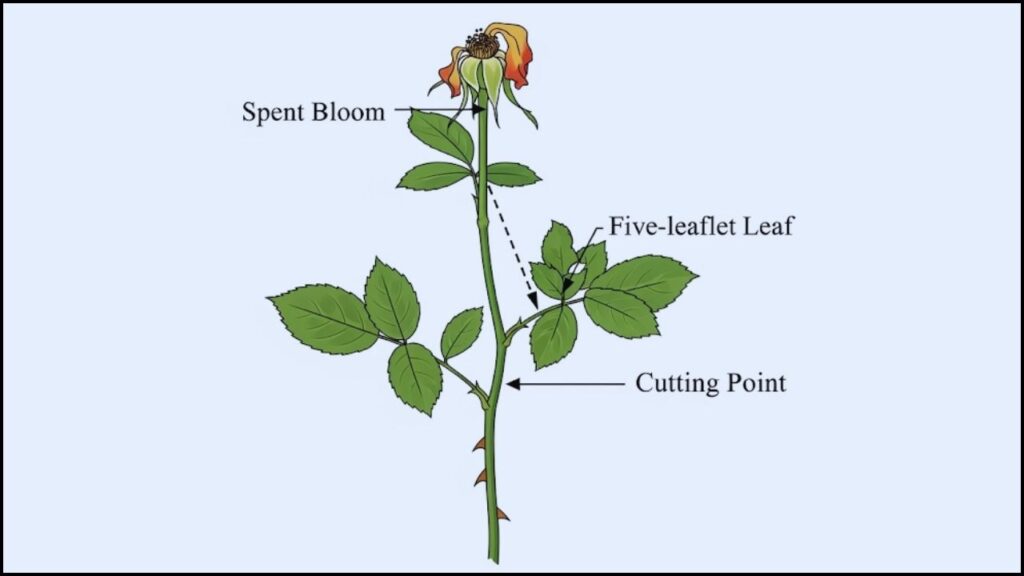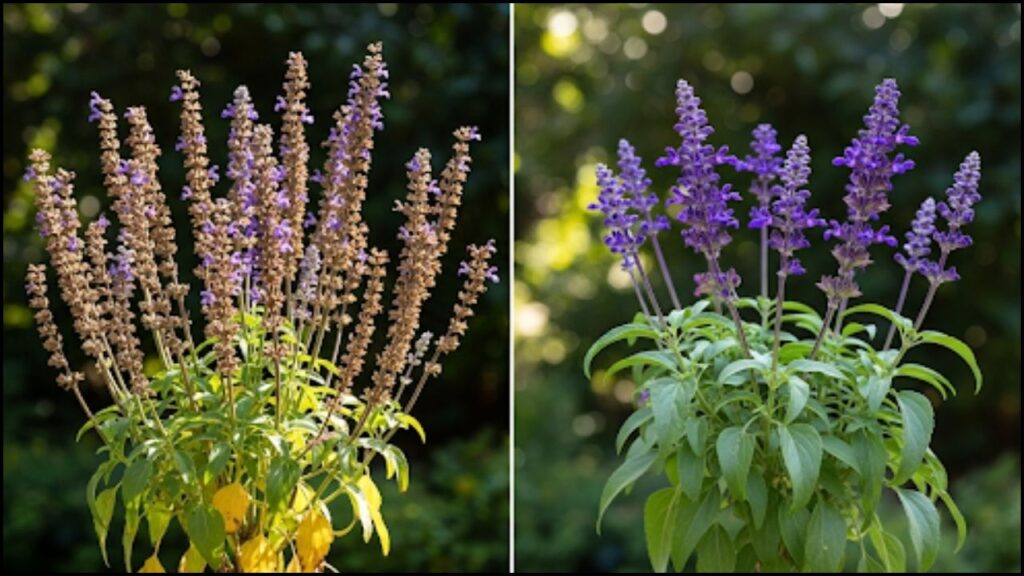As summer reaches its peak, experienced gardeners focus on a critical task to extend the season’s color: deadheading. For many flowering plants, the practice to deadhead in August is essential. This simple process of removing spent blossoms redirects the plant’s energy from seed production to creating more flowers, ensuring a vibrant display that can last until the first frost.

Key Plants for August Deadheading
| Plant Type | Primary Reason for Deadheading | Key Benefit |
| Roses | Encourage reblooming cycles & prevent disease | More flowers through fall, improved air circulation |
| Dahlias | Promote continuous, larger flowers | Extended bloom season, larger & higher quality blooms |
| Petunias | Maintain vigor and prevent “legginess” | Fuller appearance, more concentrated flowering |
| Zinnias | Stimulate new flower production | Abundant supply of flowers for cutting gardens |
| Salvia | Encourage a second or third flush of blooms | Repeat blooming attracts late-season pollinators |
| Cosmos | Prevent excessive self-seeding & promote flowers | Tidy appearance, longer flowering period |
| Marigolds | Keep plant compact and blooming | Continuous color display until the first frost |
| Coneflowers | Extend initial bloom season (optional) | More flowers early on; late seed heads feed birds |
The Horticultural Science of Deadheading
Deadheading is the horticultural practice of removing faded or dead flowers from a plant. While it improves a garden’s appearance, its primary purpose is biological. Once a plant flowers, its hormonal drive shifts to producing seeds to ensure reproduction. This process consumes a significant amount of the plant’s energy.
“By removing the spent flower before it sets seed, you are essentially tricking the plant,” said Dr. Sarah Thompson, a horticulturist at the University of California Cooperative Extension. “The plant’s imperative is to reproduce, so it will often divert its energy back into producing more flowers in another attempt to create seeds.”
This energy redirection not only promotes more blooms but can also lead to stronger foliage and root systems, contributing to the plant’s overall health and resilience. This form of summer garden maintenance is particularly effective for annuals, which have a one-season life cycle, and for reblooming perennials.
Essential Plants to Deadhead in August
While many plants benefit from this practice, certain species respond especially well to attention in late summer. August is a crucial time, as encouraging new growth now can result in weeks of additional color before cooler autumn weather arrives.
Classic Perennials: Roses and Coneflowers
For rose growers, August deadheading is non-negotiable for repeat-blooming varieties. According to the American Rose Society, spent blooms should be clipped at an angle just above the first five-leaflet leaf. This not only encourages a new flowering shoot but also improves air circulation, which can help prevent fungal diseases like black spot.

Coneflowers (Echinacea) present a more nuanced case. Deadheading them early in the month can prolong their flowering period. However, many gardeners and conservationists, including those at the National Audubon Society, recommend leaving the last wave of spent coneflower heads on the plant. Their seed-rich cones provide a vital food source for birds like goldfinches in the fall and winter.
Annual Powerhouses: Petunias, Zinnias, and Marigolds
Annuals are programmed to complete their life cycle in a single season, making deadheading exceptionally effective. For cascading plants like petunias, removing spent flowers prevents them from becoming “leggy”—long and sparse with few blooms. Regular trimming encourages a bushier, more compact shape.
Zinnias and marigolds are prolific bloomers that respond almost immediately to deadheading. Often called “cut-and-come-again” flowers, they quickly produce new buds after spent ones are removed. This makes them ideal for cutting gardens, as both harvesting for bouquets and deadheading serve the same purpose of stimulating more growth.
Late-Summer Stars: Dahlias, Salvia, and Cosmos
Dahlias are prized for their spectacular late-season blooms, and diligent deadheading is the key to maximizing their display. It is important to learn to distinguish a spent flower head from a new, pointed bud to avoid accidentally removing future blooms. Removing old flowers channels all the plant’s energy into producing the large, showy blossoms dahlias are known for.
Perennial Salvia varieties, such as ‘May Night’ or ‘Caradonna’, often produce a major flush of flowers in early summer. According to experts at the Chicago Botanic Garden, shearing back the entire plant after this first flush has faded will encourage a robust second wave of blooms in late August and September. Cosmos, with their delicate, airy foliage, also benefit greatly from this practice. Removing spent flowers prevents the plant from putting energy into seeds, which it produces prolifically, and keeps the plant looking tidy rather than tangled.
While the focus is often on what to trim, it is equally important to know what to leave alone. Gardeners should avoid deadheading plants grown for their ornamental seed heads, such as sedums (like ‘Autumn Joy’), love-in-a-mist, and ornamental grasses. Their seed structures provide visual interest in the fall and winter garden, as well as food and habitat for wildlife.

Ultimately, the small effort invested in August pays significant dividends. “A few minutes of deadheading each week is one of the highest-return activities a gardener can perform in late summer,” Thompson added. “It’s the difference between a garden that looks tired and one that finishes the season with a spectacular finale.”
Plant These 12 Drought-Tolerant Shrubs—Yes, They’re That Tough
